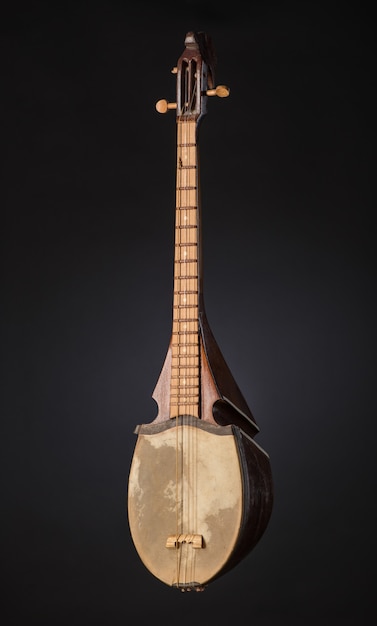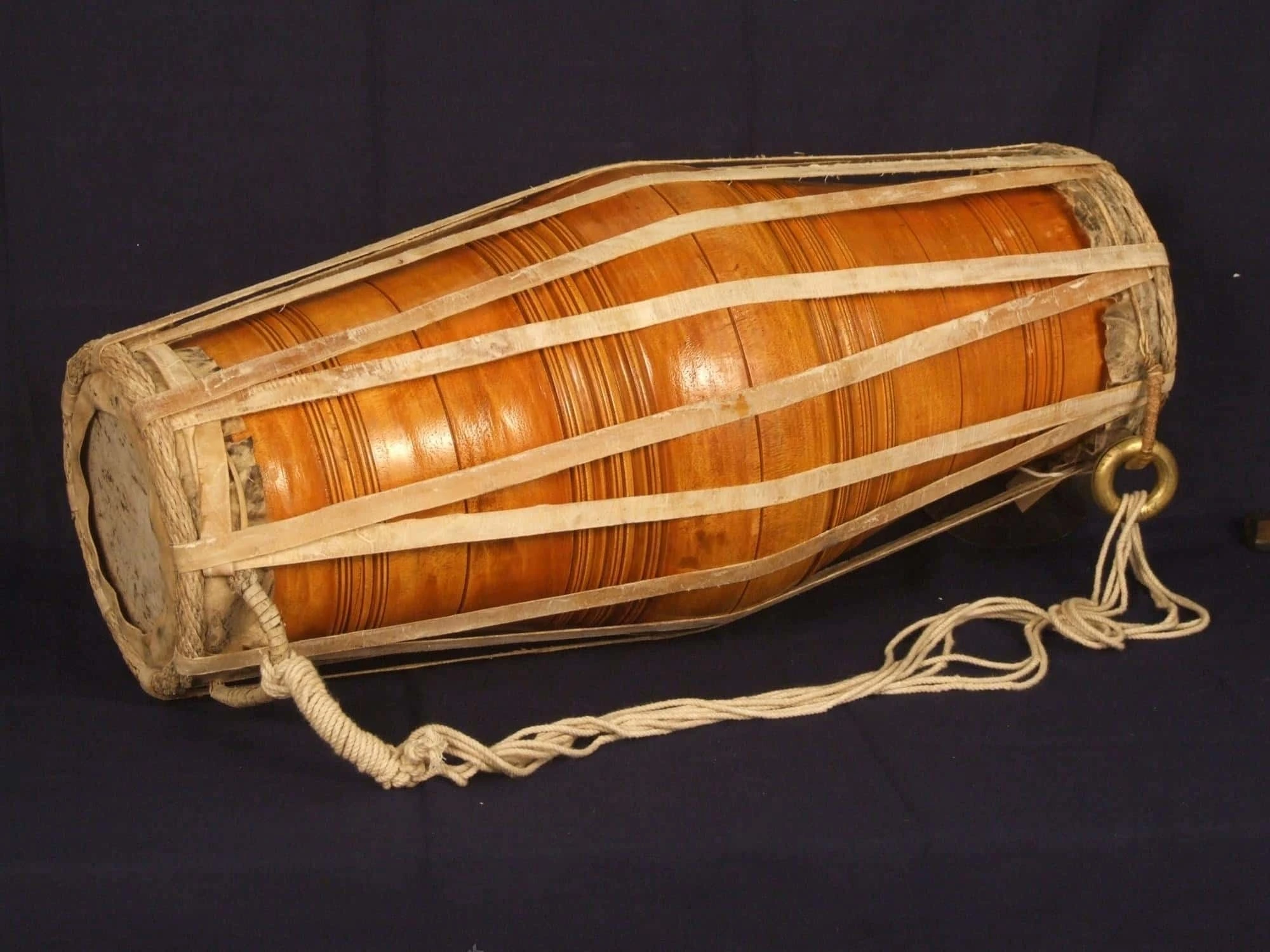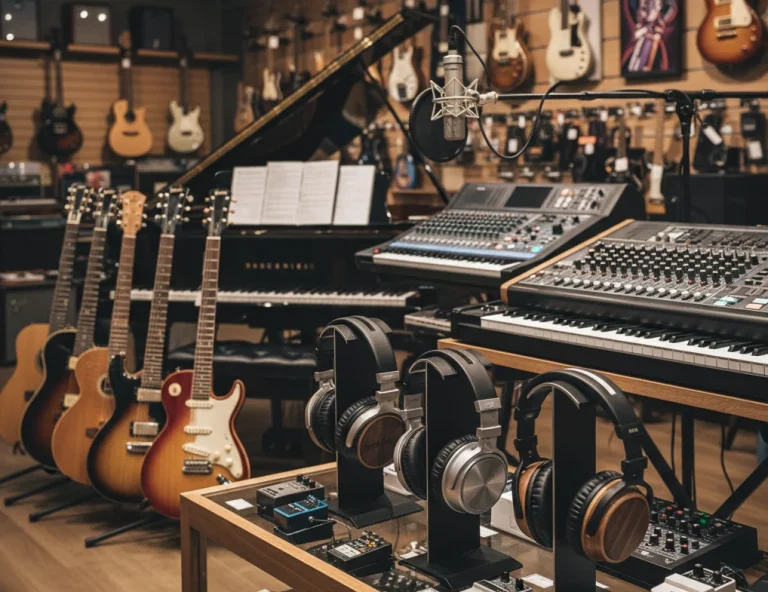All Topics
- Alchemizing Music Concepts for Students
- Artist Spotlight
- artium gift card
- Artium Maestros
- Artium News
- buying guide
- Carnatic Music
- Devotional Music
- Editorials by Ananth Vaidyanathan
- Film Music
- Guitar
- Hindustani Classical Music
- Indian Classical Music
- Indian Folk Music
- Insights
- Instruments
- Karaoke Singing
- Keyboard
- Kids Music
- maestros
- Music Education
- Music for Kids
- Music Industry
- Music Instruments
- Music Legends
- Music Theory
- Music Therapy
- Piano
- piano guide
- Success Stories
- Tamil Film Music
- Telugu Film Music
- Time Theory
- Tools
- Uncategorized
- Vocal Singing
- Vocals
- western classical music
- western music
- Western vocal music
10 Best Traditional Indian Musical Instruments You Should Know
10 Best Traditional Indian Musical Instruments You Should Know

Table of Contents
Indian music features a wide variety of musical instruments, and this abundance perfectly showcases the creative diversity of its traditions and the artistic nature of its people. With over 190 types documented, these different types of musical instruments are not just tools of melody and rhythm. They each carry a distinct piece of history and spirituality with them. If you are fascinated by music or just curious about knowing and understanding Indian culture, getting to know these musical instruments is a great way to dive into the Indian classical and folk traditions.
But before that…
If you’re really excited to start your journey in music, start with a FREE trial lesson today to learn more!
In this blog, we will explore the 10 best traditional musical instruments you should know about:
Sitar – The Sound of Indian Classical Music

One of the most famous Indian musical instruments that is known worldwide for its beautiful sound is the Sitar. Globally popularised by maestros such as Pt. Ravi Shankar, sitar has a distinct place in classical and fusion genres. It is used in Hindustani classical music and has become famous around the world. It is played by plucking the strings with a metal pluck, and its detailed frets allow for the intricate nuances that define Indian ragas.
Tabla – The Beat of Indian Music

The tabla is a pair of drums, and it’s one of the most important rhythm and music instruments in Indian music. There are two drums, the smaller one is treble-heavy, has a higher pitch, and is called the ‘Dayan’ as it is traditionally played on the right. On the other hand, we call it ‘Bayan’, which is larger than the other with a deeper sound. It is used in many styles of Indian music, from classical to modern, as an accompaniment to softer tunes.
Veena – South Indian Classical Instrument

The Veena is a stringed music instrument used in South Indian classical music that has a large, elegant body and produces a soft, mellow sound. The instrument is played by plucking the strings and sliding fingers across the frets to make some really lovely music. It has been used for hundreds of years in South Indian classical performances and is respected for its spiritual importance.
Sarod – Deep and Soulful Sound

The Sarod is a string instrument used in North Indian classical music. Even though it is played by plucking the strings with a pick, it has a deep, rich sound. Legendary players like Ali Akbar Khan have made the Sarod a central figure in Indian classical concerts. The Sarod is famous for its smooth, flowing notes, making it sound almost like an emotionally charged human voice.
Shehnai – A Ceremonial Instrument

The Shehnai is a type of musical instrument from India that is often played at weddings and festivals. It has a very happy and loud sound, which is why people believe that it brings good luck and happiness. Just listening to it can make one cheerful and fill the listeners with joy.
Mridangam – The Rhythm of South India

The Mridangam is the primary percussion instrument used in South Indian Carnatic music as it allows for vocal and rhythmic improvisations. It is a double-sided drum that is made of wood and animal skin, and that provides the rhythm for many classical music performances. The mridangam’s beats are fast and dynamic which brings energy to every performance and makes it essential for most Carnatic musical events.
Bansuri – The Bamboo Flute

The Bansuri is a bamboo flute with a sweet, soft sound. It is used in both classical and folk music, and its association with stories about Lord Krishna makes it a symbol of divine love in Indian culture. Its smooth and breathy tone is perfect for evoking images of village life, making it a popular choice for romantic Hindi songs and folk music alike. The simple but beautiful sound of the bansuri can evoke feelings of peace and love.
Santoor – The Melodic Instrument from Kashmir

The Santoor is a musical instrument from Kashmir that looks like a wooden tray and is played using light hammers. Even though it looks simple, the sound it makes is delicate and high-pitched, like a ringing bell. By generating many notes together, it can create a beautiful sound that feels very Indian. This is why it can be commonly found in Indian folk music.
Dholak – A Popular Drum for Folk Music

The Dholak is a two-sided drum that is very popular in Indian folk music. It is very commonly used in festivals and celebrations because of its beats full of rhythm. Musicians can switch quickly between energetic rhythms and slower beats by playing different tones together. It is also generally played to accompany celebratory songs or to add rhythmic depth to spiritual gatherings.
Tanpura – The Hum of Indian Music

The Tanpura is different from other instruments because it doesn’t play melodies. Instead, it creates a continuous, steady hum (or drone) that supports other instruments and singers. It helps maintain the key of the music, keeping everything in harmony. In Indian music, it is vital to maintain the purity of the raga and allow musicians to stay connected to their performance.
These 10 different kinds of musical instruments are very important in traditional Indian music. Along with their local influence, they are also very important in music outside of India. If you want to learn about classical music or the culture of India, these instruments are a good place to start.
Conclusion
If you want to learn to play traditional Indian musical instruments, the first requirement is commitment and dedication that you can keep sustained for the rest of your life. Secondly, in almost all Indian music traditions, the importance of a guru is very much underlined, which is why finding a good teacher can become a fine line between a general and a perfect rendition.
If you are looking for a teacher who can introduce you to traditional Indian music, you can find some expertly designed courses on our site. Along with a detailed introduction to traditional Indian vocal singing, we have also curated online guitar classes and online piano classes so that you can explore according to your choice and skill set.








